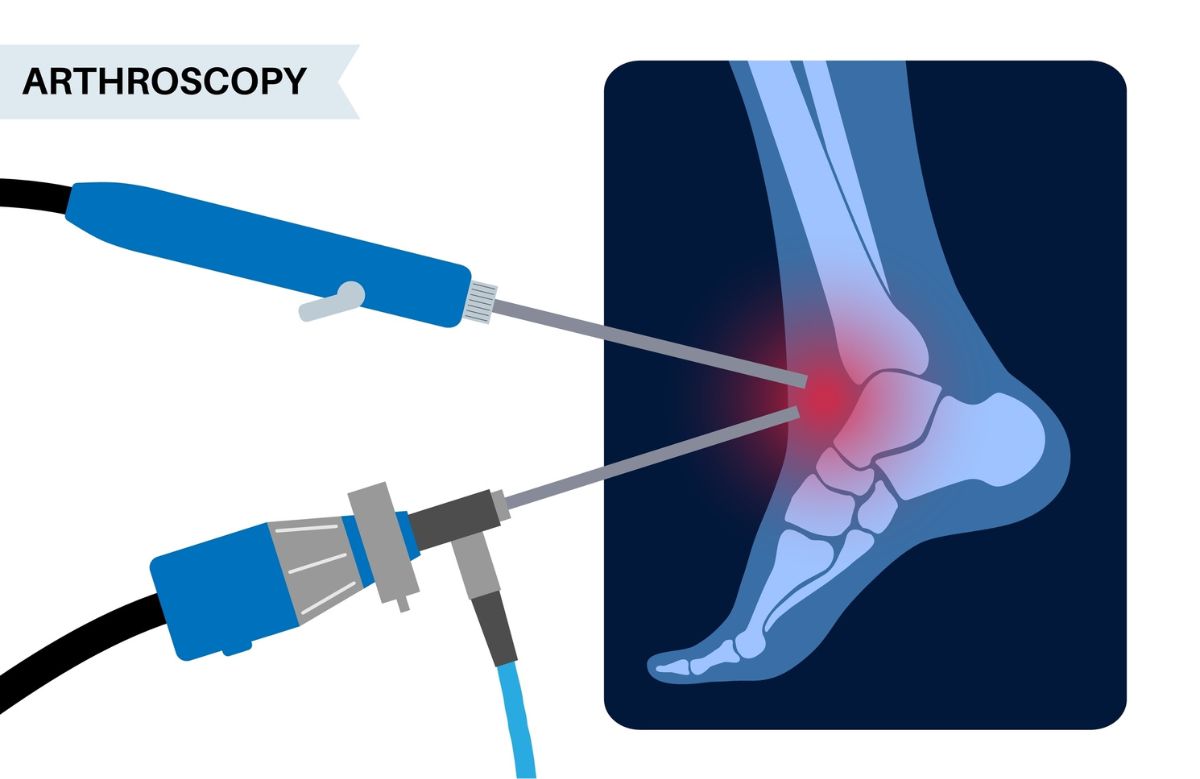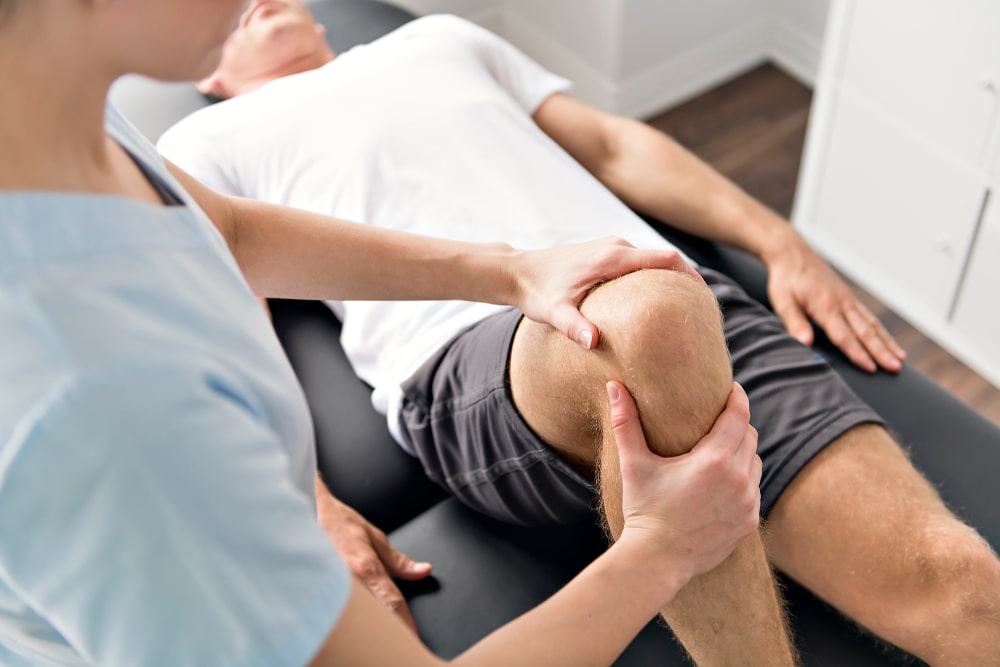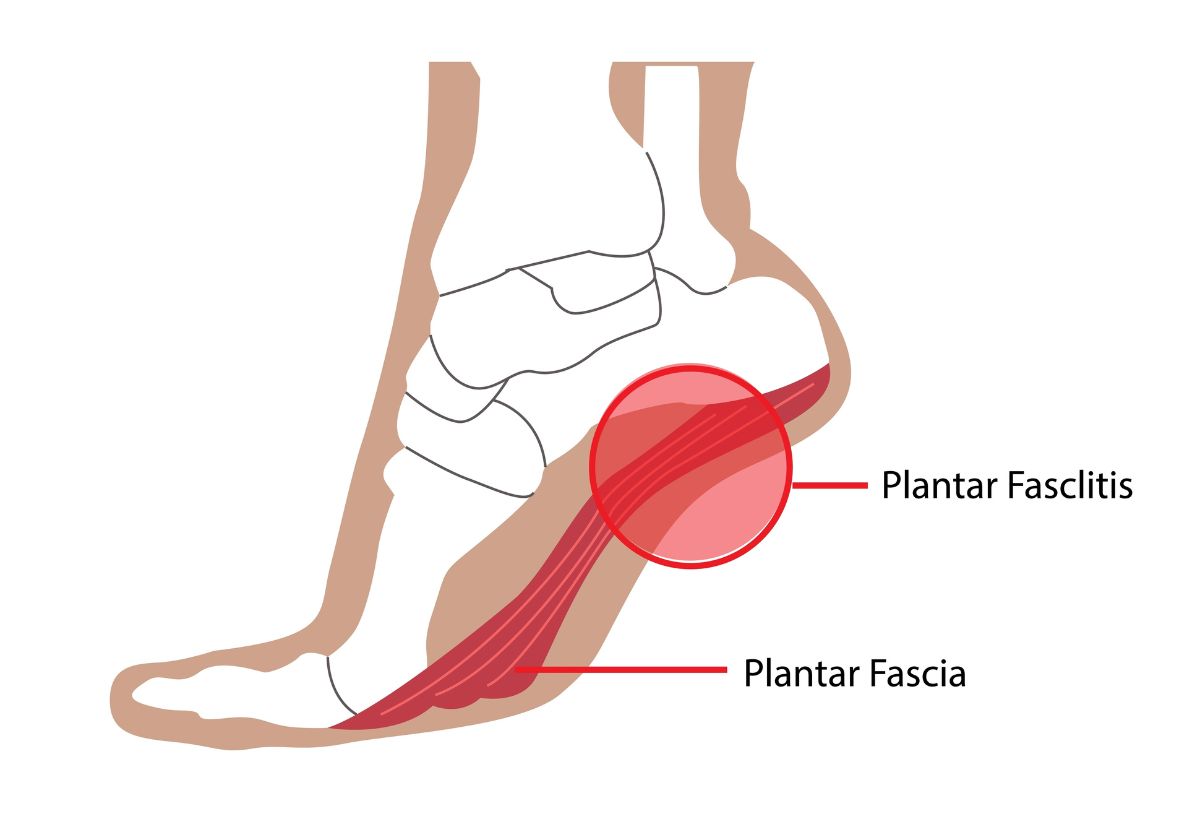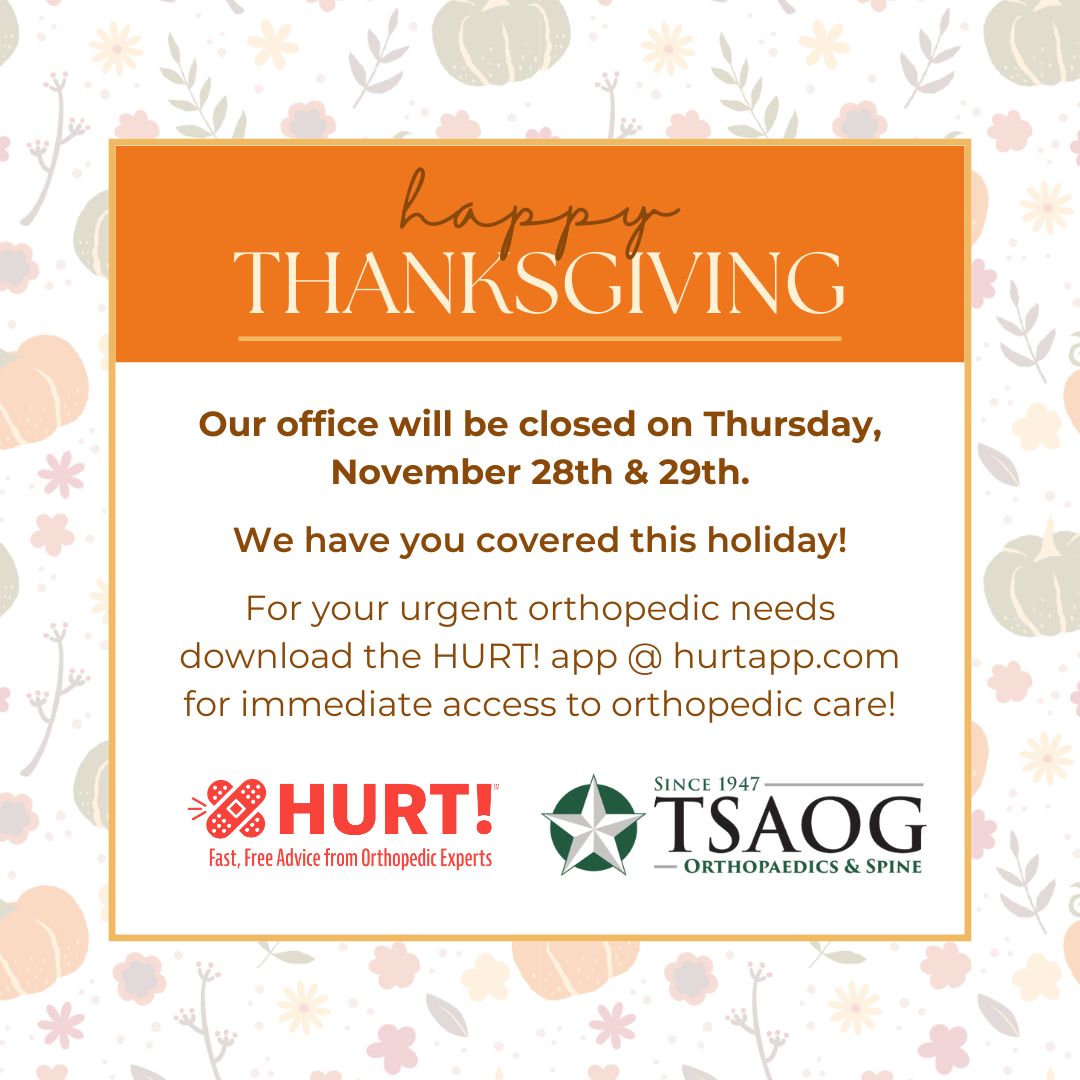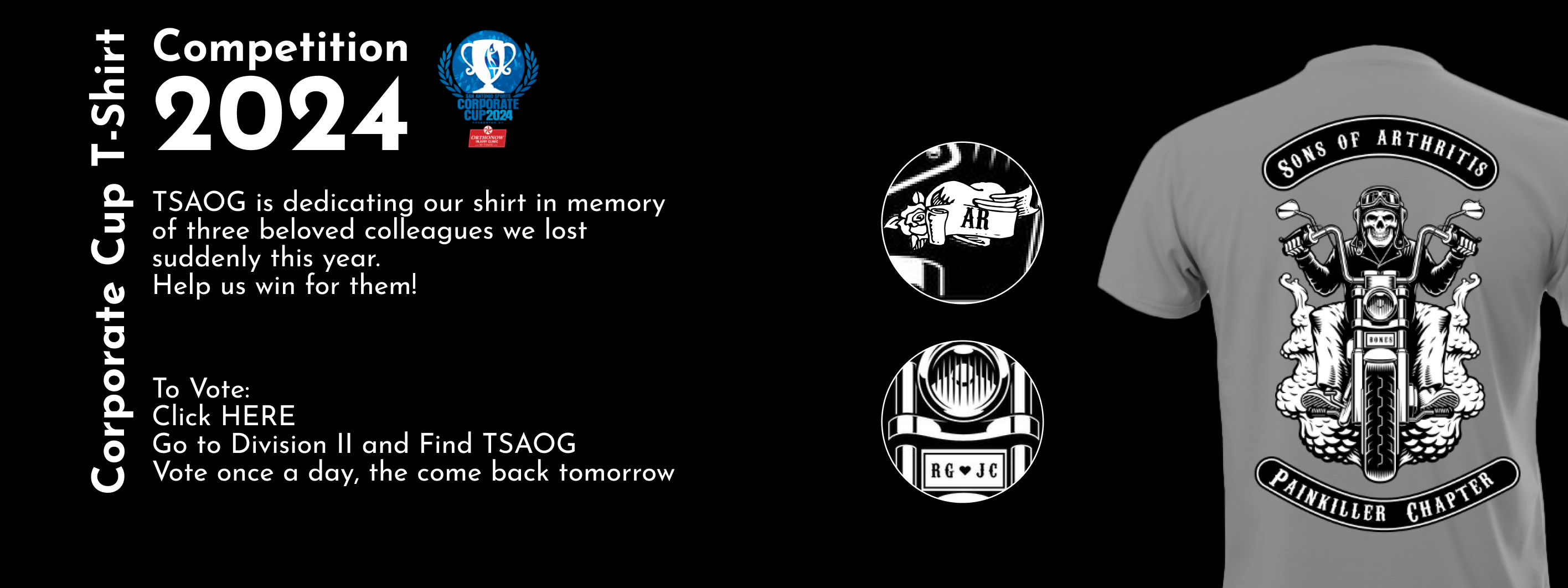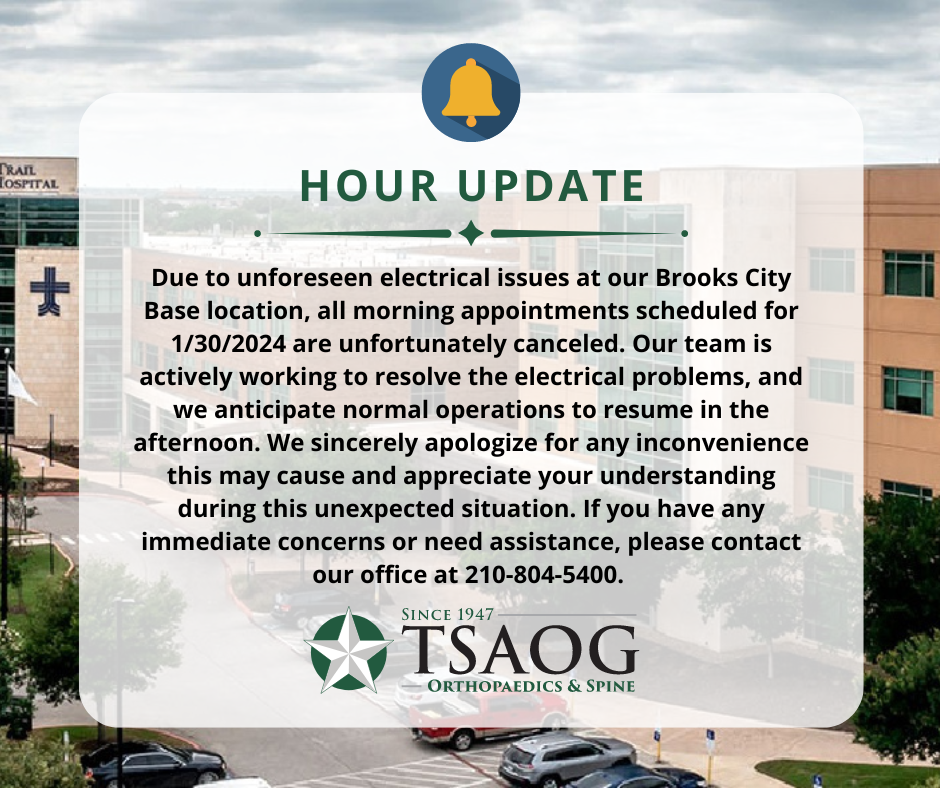Many patients considering ankle replacement surgery share the same question: ‘When will I be back to normal?’ While everyone’s journey is unique, this comprehensive timeline outlines the typical recovery process, from your first moments after surgery through your return to daily activities. At TSAOG Orthopaedics & Spine, our specialists are here to help guide you through each phase of recovery with expertise and personalized care.
Immediate Post-Surgery (0-2 weeks)
During the initial recovery phase, some patients can be discharged home the same day, while others may require an overnight stay in the hospital under close medical supervision. The primary focus is on pain management through prescribed medications, which usually include a combination of opioids and anti-inflammatory drugs. Keeping the foot elevated above heart level is crucial during this period – patients should maintain this position whenever they are sitting or lying down. A splint or cast protects the surgical site and maintains proper ankle position. Nurses and physical therapists will demonstrate proper use of assistive devices like crutches or a walker, as putting any weight on the surgical foot is strictly prohibited. Ice therapy is administered several times daily, typically 20 minutes at a time, to help control swelling and discomfort.
Early Recovery (2-6 weeks)
Around the two-week mark, the surgical site is evaluated, and sutures are typically removed if healing progresses appropriately. The original surgical dressing is replaced with a removable boot, allowing for better wound care and the initiation of gentle movements. However, patients must remain completely non-weight-bearing during this phase. Physical therapy begins with very gentle range of motion exercises, focusing primarily on maintaining mobility in the toes and preventing stiffness in the ankle joint. Patients learn proper wound care techniques and monitor for potential complications such as unusual redness, increased pain, or drainage. The surgical site should be kept clean and dry, with dressing changes as directed by the healthcare team. Many patients continue to require pain medication during this phase, though usually at reduced doses.
Intermediate Phase (6-12 weeks)
This phase marks a significant transition in recovery as patients begin carefully progressing toward weight bearing. Under close supervision from their surgeon and physical therapist, patients start with toe-touch weight bearing and gradually advance to partial weight bearing using a specialized boot. Physical therapy becomes more intensive, incorporating exercises to improve ankle mobility and strengthen surrounding muscles. Balance exercises begin, initially while seated or holding onto support, then progressing to standing activities. Gait training ensures proper walking mechanics as weight bearing increases. The focus is on restoring normal movement patterns while protecting the newly implanted joint. Patients typically notice a significant reduction in pain during this period, though some discomfort during and after therapy sessions is normal.
Advanced Recovery (3-6 months)
As patients transition to full weight bearing, they begin wearing regular supportive shoes. Physical therapy continues to progress, incorporating more challenging exercises to build strength and improve function. Balance training becomes more advanced, often including single-leg stands and unstable surface work. Walking distance increases gradually, with many patients able to walk continuously for 15-30 minutes by the end of this phase. Daily activities become easier, though modifications may still be necessary for more demanding tasks. Some patients return to light work duties, depending on their occupation’s physical demands. Swimming and stationary cycling may be introduced as low-impact conditioning activities.
Full Recovery (6-12 months)
The final phase of recovery focuses on optimizing function and returning to desired activities. Most patients achieve their maximum range of motion during this period, though it may be less than the natural ankle. Strengthening exercises continue, with emphasis on the calf muscles and other supporting structures. Patients typically return to most daily activities without restriction, though high-impact activities remain prohibited to protect the prosthesis. Some patients may experience occasional swelling after increased activity, which usually responds well to rest and elevation. Regular follow-up appointments monitor the prosthesis position and function. Many patients report significant pain relief and improved mobility compared to their pre-surgical condition, though some movements may feel different with the artificial joint.
Long-term maintenance includes regular exercise to maintain strength and flexibility, wearing appropriate supportive footwear, and avoiding activities that could damage the prosthesis. While most patients achieve good to excellent outcomes, the artificial joint’s longevity depends partly on activity level and adherence to recommended restrictions. Regular check-ups help ensure continued proper function and early identification of any potential complications.
To support your recovery journey, we’ve compiled a list of helpful products available in our Amazon store:
Ankle Replacement with TSAOG
Though less common than other joint replacements, ankle replacement surgery can be life-changing for those suffering from chronic ankle pain and arthritis. While recovery requires dedication, you’ll have the support of TSAOG’s comprehensive care team throughout your journey. Our ankle replacement specialists – Dr. Justin Robbins, Dr. Randall C. Marx, and Dr. Kevin L. Kirk – work closely with our expert physical therapy team to ensure optimal outcomes for each patient. If you’ve tried conservative treatments without success and persistent ankle pain is limiting your daily activities, it’s time to explore your options. Schedule an appointment with a TSAOG ankle replacement specialist today!
